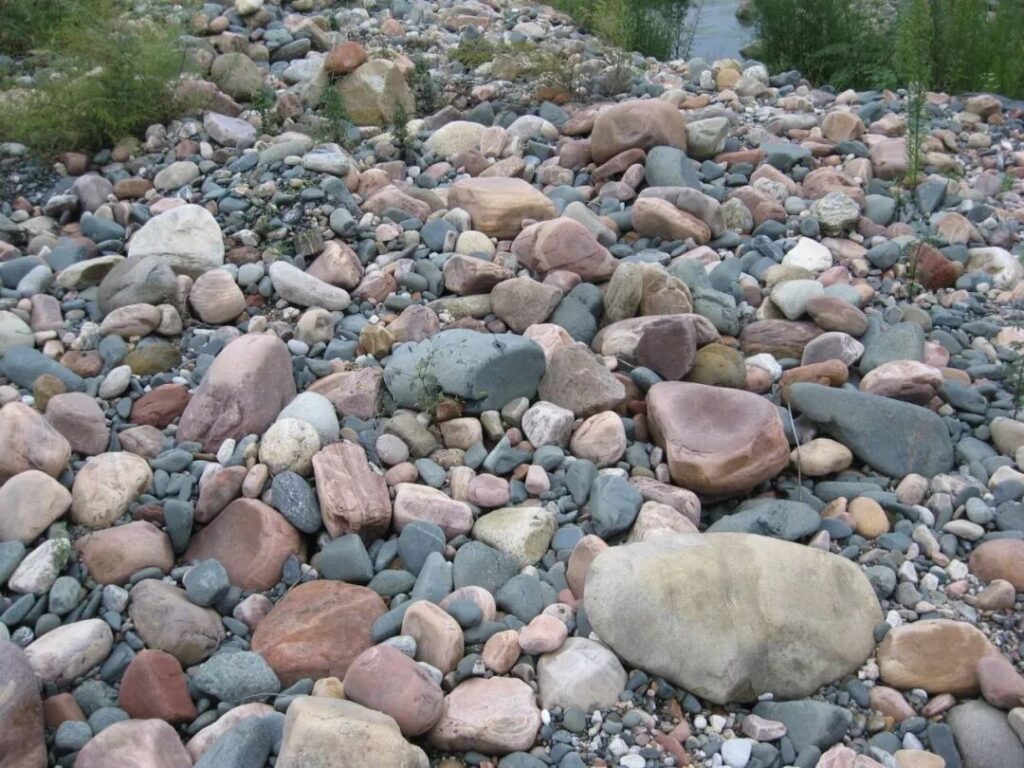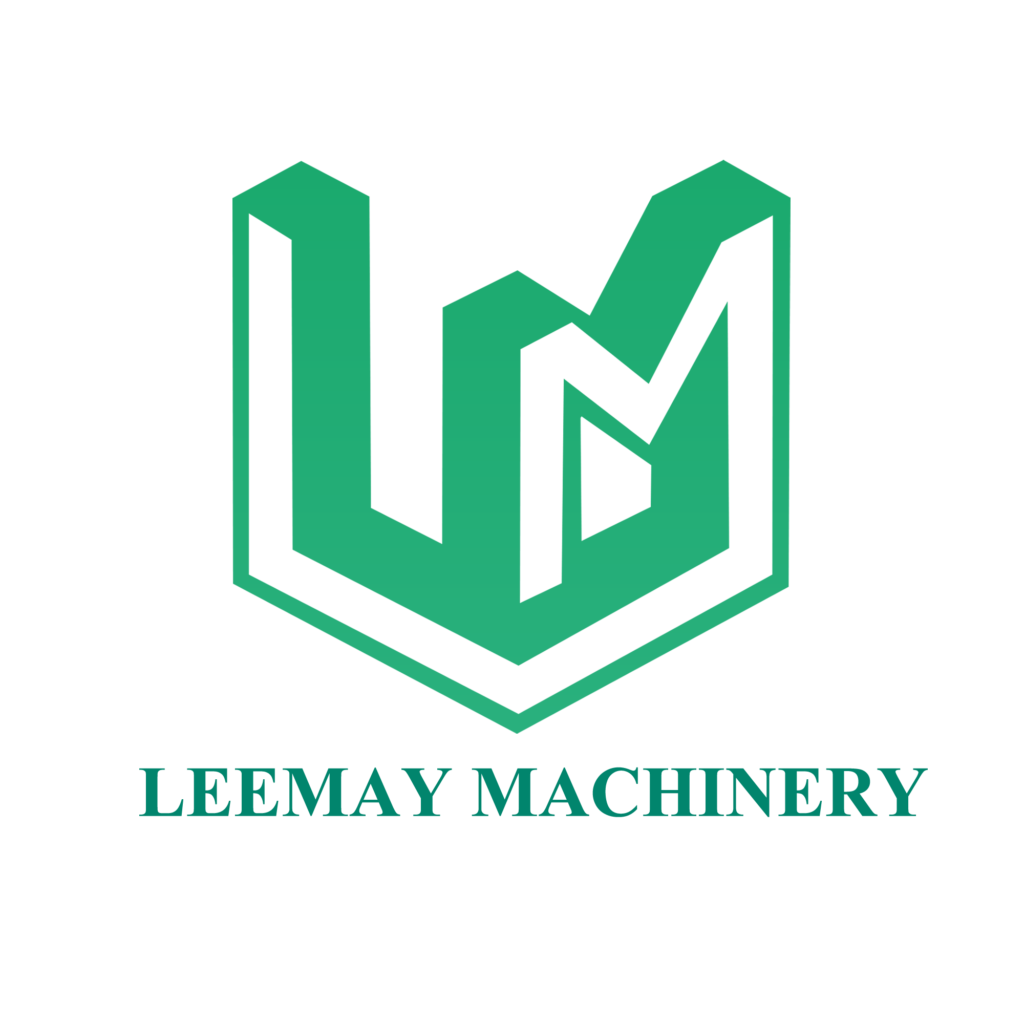River pebbles, known for their high hardness, wide availability, and low cost, have become one of the most popular raw materials for sand making. However, for investors, a well-designed production line matters far more than simply buying machines — poor configuration can result in low output, poor product quality, and even reduced return on investment.
Here, Leemay Machinery shares the key configuration logic for a complete river pebble sand making line.

1. Define Your Core Needs: Three Key Parameters
Before configuring the production line, clarify the following three parameters to avoid blind investment:
- Final sand application:
- For concrete batching plants: control fineness modulus at 2.3–3.0 (medium sand) and stone powder content at 3%–5%.
- For dry-mixed mortar: add a shaping process to improve particle gradation and sand uniformity.
- Expected capacity:
- Small-scale (50–100 TPH): for local retail supply.
- Medium-scale (100–300 TPH): for small to medium construction material plants.
- Large-scale (300+ TPH): for major infrastructure projects.
- Raw material characteristics:
River pebbles have a Mohs hardness of around 7 (similar to granite). Focus on the wear life of parts. If clay content exceeds 5%, include a sand washing process to ensure clean final products.
2. Core Configuration: Four Stages + Key Equipment List
A complete sand production line includes feeding → crushing → sand making → screening, with optional washing and dust removal systems.
(1) Feeding & Pre-screening
Equipment: Vibrating Feeder + Vibrating Screen (or Trommel Screen)
Function: Uniformly feed pebbles, remove soil and impurities, and ensure smooth downstream operation.
Tip: Feeder capacity should exceed crusher capacity by ~10%.
(2) Crushing Stage
Because of high hardness, pebbles need two-stage crushing:
- Primary crushing: Jaw Crusher.
- Secondary crushing: Cone Crusher (spring or hydraulic). More wear-resistant and stable than impact crushers.
(3) Sand Making Stage
Equipment Options:
- VSI Sand Making Machine: Ideal for high-quality sand (80%+ superior grains). Produces round, well-graded sand.
- Fine Crusher (Cone Crusher): Lower cost but higher needle flake content.
Tip: Choose model by output (e.g., VSI-8518 for 100 TPH) and use a variable-frequency motor to adjust fineness.
(4) Screening & Sand Washing
Screening: Three-layer vibrating screen separates oversized materials (>5 mm, reprocessed), finished sand (0.15–5 mm), and stone powder (<0.15 mm).
Washing: Use wheel or spiral sand washer to remove clay and dust; keep moisture <15%.
3. Auxiliary Systems: Efficiency and Cost Control
- Conveyors: Belt width should match feeding ports; install guard plates to prevent leakage.
- Dust Collectors: Use pulse bag filters (≥99% efficiency) for environmental compliance.
- Control System: Adopt PLC automatic control for linked start/stop, fault alarms, and production monitoring—reducing labor by 2–3 workers per line.
4. Investment Tips: Avoid Common Pitfalls
- Don’t judge by price alone – cheaper machines may have shorter wear part life. Choose wear-resistant materials like high manganese steel or high-chromium alloy.
- Reserve 10–20% capacity – avoid full-load operation to reduce wear and downtime.
- Plan layout wisely – follow the “raw material → crushing → sand making → product” flow to shorten conveying distance and save energy.
Leemay Machinery — Your Reliable Partner in Sand Production Solutions
A profitable river pebble sand making line is not just a collection of machines — it’s a balance between demand, cost, efficiency, and environmental compliance.
Provide Leemay Machinery with your raw material size, target output, and product requirements, and we’ll customize a complete solution with professional simulation to ensure every investment delivers maximum value.

Leave a Reply